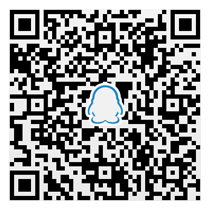华南理工大学学报(自然科学版) ›› 2025, Vol. 53 ›› Issue (8): 158-166.doi: 10.12141/j.issn.1000-565X.250015
• 材料科学与技术 • 上一篇
改性壳聚糖/锂皂石抗菌材料的制备及应用研究
吕晓静 温禹铭 王小英 胡健
华南理工大学 轻工科学与工程学院,广东 广州 510640
Preparation and Application of Modified Chitosan/Laponite Composite Antimicrobial Material
LÜ Xiaojing WEN Yuming WANG Xiaoying HU Jian
- School of Light Industry and Engineering, South China University of Technology, Guangzhou 510640, Guangdong, China
摘要:
壳聚糖(CS)和锂皂石(LAP)均为生物相容性较好的材料,通过改性可以赋予其更多生物活性。本文研究了壳聚糖季铵盐(QCS)与改性锂皂石复合抗菌材料的制备及在洗发水中的抗菌性能。通过微波辅助过氧化氢法对QCS进行降解,制备不同分子量的QCS以提升溶解性。使用十六烷基三甲基溴化铵(CTAB)对LAP进行有机改性,赋予其吸附马拉色菌的能力,得到带正电荷的有机锂皂石。复合材料经傅里叶变换红外光谱、Zeta电位、旋转流变仪和扫描电子显微镜等表征,证实了材料的成功制备。实验结果表明,不同分子量的QCS在水介质中表现出良好的抗菌性能,而QCS和CTAB改性LAP复合材料通过协同效应显著增强了抗菌效果。通过优化抗菌剂的添加量与比例,确定了复合抗菌剂在水介质和基础洗发水中的较优配方。在水溶液中将QCS与有机锂皂石复合材料以9:1、5:5和1:9质量配比,稀释10倍后与菌液作用五分钟,抗菌效果均达到100%。将QCS与有机锂皂石复合材料以9:1的比例(总质量分数0.14%)添加到基础洗发水配方中,稀释100倍后仍保持显著抗菌效果,效能达到市售使用化学去屑品牌产品的70%以上, 展示了其在实际应用中的良好前景,为开发天然、环保的抗菌材料提供了新方向。

